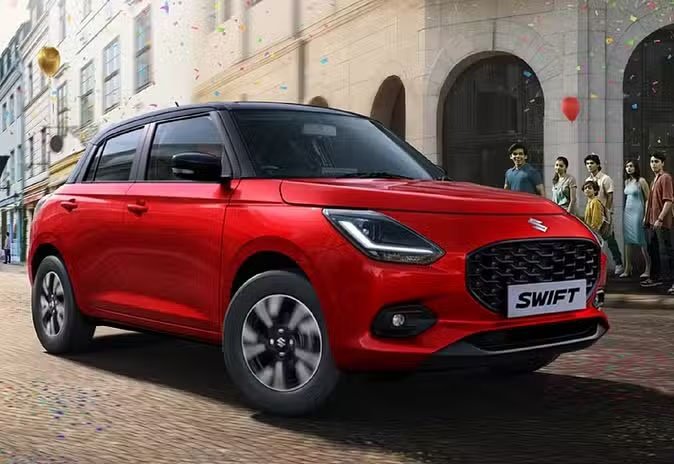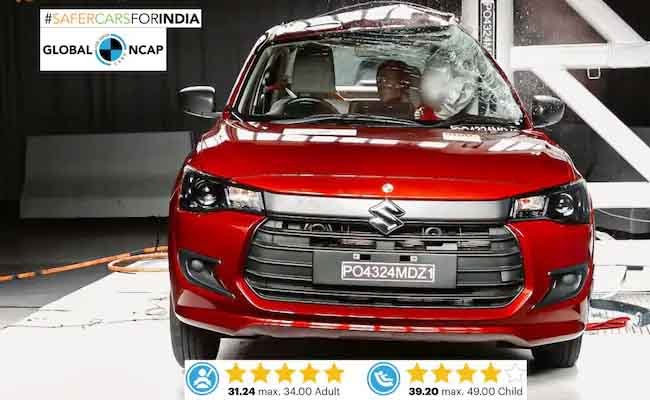Tesla CEO Elon Musk has unveiled the company’s first Robotaxi, named Cybercab, at the We Robot Event held in California. This revolutionary vehicle does not feature a steering wheel or pedals, making it a fully autonomous vehicle. The Cybercab has a seating capacity for just two passengers. Let’s explore its standout features.
What is the Cybercab Like?
The Cybercab’s cabin has a compact design, as it is an electric taxi with seating for only two people. Notably, there are no pedals or steering wheels, which classifies it as a fully automatic vehicle. Its butterfly doors open upwards, adding to its striking exterior appearance.
Wireless Charging Capabilities
During the launch of the Robotaxi Cybercab, Elon Musk stated that autonomous vehicles could be 10 to 20 times safer than human-operated ones and also more cost-effective. He mentioned that the operating cost would be approximately $0.20 per mile, translating to around ₹16 for 1.6 kilometers. In comparison, city buses charge around $1 per mile. The Cybercab will feature wireless charging, eliminating the need for charging cables, much like a smartphone.
Introduction of Robovan
Along with the Tesla Robotaxi, Elon Musk also introduced an autonomous vehicle called Robovan, which can accommodate up to 20 passengers. Additionally, it has space for carrying luggage.
Pricing Information
Tesla has not yet disclosed the price of the Cybercab, but reports suggest that it may cost around $30,000 (approximately ₹25 lakh).
Why is Tesla Developing the Cybercab?
Automation has always been a core belief for Elon Musk, who has long envisioned bringing fully automated and driverless cars to the market. The launch of the Cybercab is a significant step toward realizing this vision. The taxi service will be offered through Tesla’s own ride-hailing app. Reports indicate that Musk also plans to allow Tesla users to rent their vehicles through the ride-hailing app, with the company taking a commission of about 25 to 30%.



